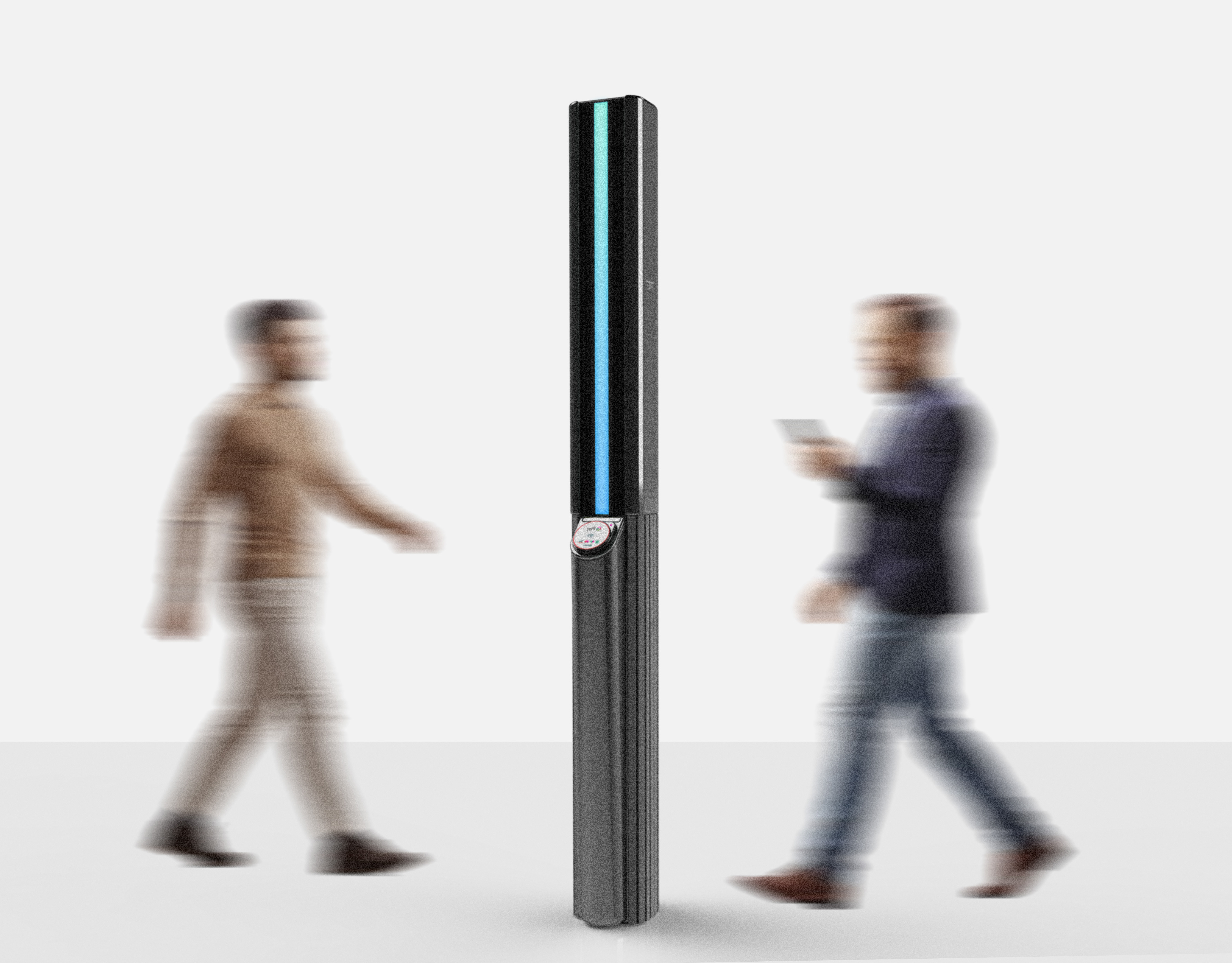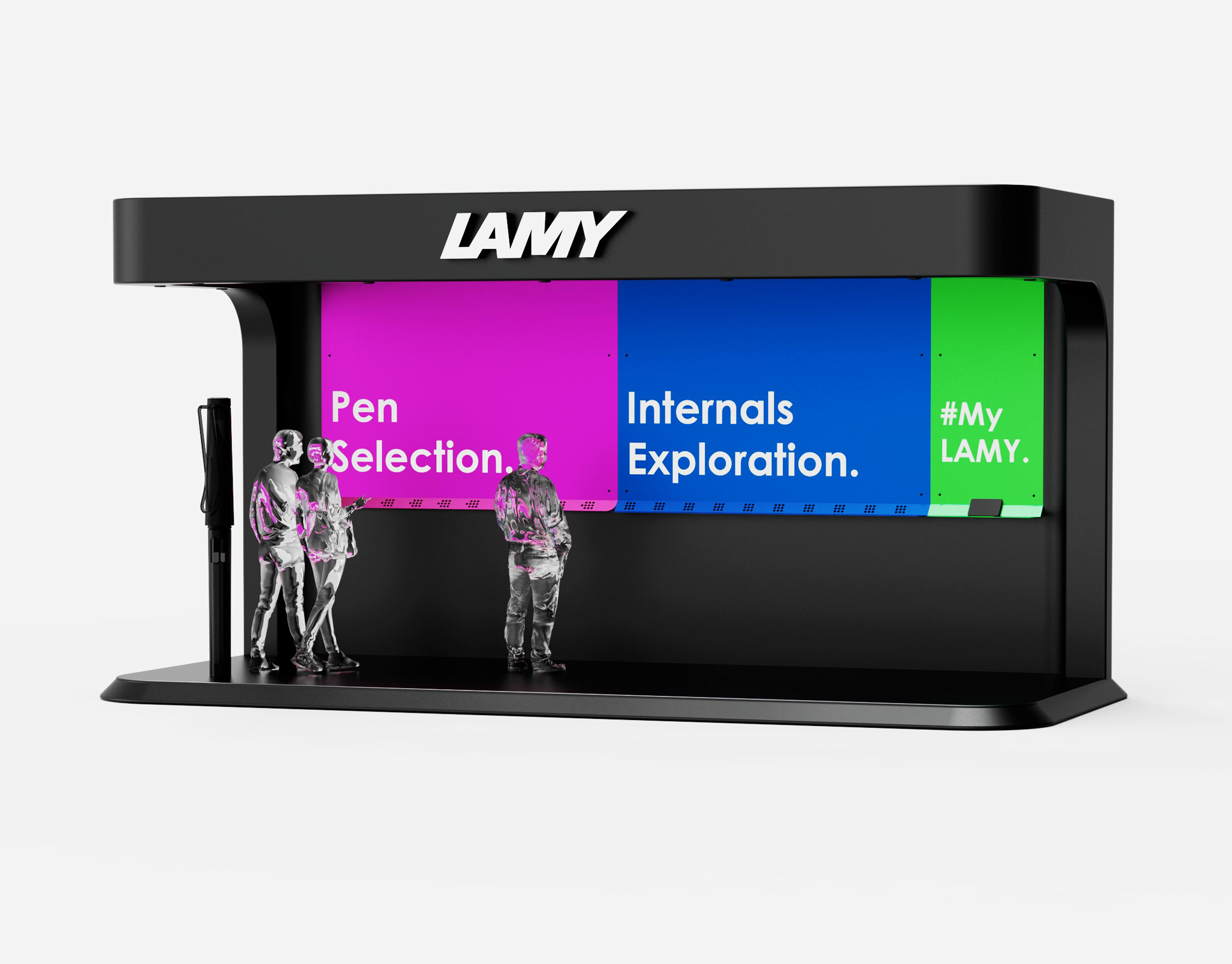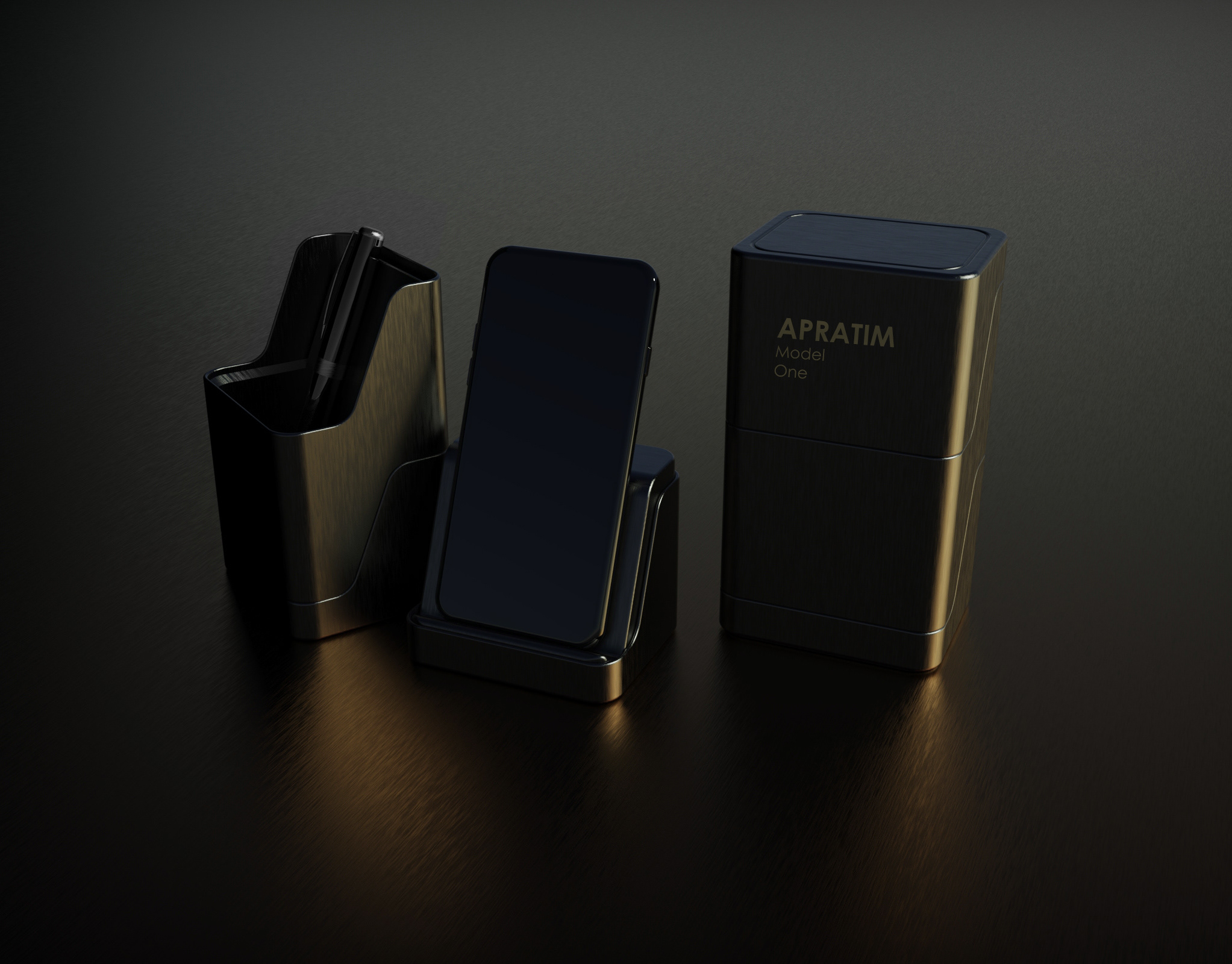Ecology.
Sustainable Coffee Grinder.
Designed for sustainability, disassembly, repairability.
Sustainability Report.
The original product had a weight of 467.54g, and used in total five different materials, these were: polypropylene, silicone, glass, steel, and ceramic. The other materials such as glass, steel and ceramic were relatively ok or good, however more details will be addressing those next.
Finding Form.
Factors such as complete disassembly, materiality and the use of "sustainable" manufacturing processes had to be accounted for during the development phase. A design which was reminiscent of natural forms and cool, dark, chiefly monochromatic and subtle came to the forefront- options to expand functionality were explored, such as variable glass sizes and grinding spices too- however, these were abandoned in favour of the simpler option to allow the sustainable design choices to shine. The final design gives weight to smooth natural forms with a motif of ripples in the waves appearing in places where user gaze may fall repeatedly.
Key Features.
The coffee grinder can be completely disassembled. This allows for easy cleaning, and very easy repair. Grind size is changeable through the use of a simple mechanism. Allows for production of various coffee types. Through the use of glass and steel, a premium feel is achieved, in order to create emotional longevity with the user.
Internal Mechanism.
Exploded view showing the internal mechanisms and workings of the product and Close-up view of the burr grinder and the internal components.
Sustainability Rationale.
In the original design the Polypropylene was the most problematic material in the product. Seeing as how much of the rest of the body was made of steel, going to for a majority steel body seemed like a good idea. Changing this material reduces the embedded energy by 8.64% and the embodied carbon by 69.49%. In addition to this, using parts made from ceramic means that there will be 55.4% less embedded energy and 75.45% less embodied carbon compared to stainless steel. TPE is more production efficient and also reusable. Also TPE has 75% less embedded energy than silicone, however it does have 21.96% more embodied carbon, in this case the larger trade-off has been favoured.
Product Life Cycle.
The Coffee Grinder will be a one time item, until the continued use phase starts, he expectation would be that eventually parts of the product would break down. Once various parts are repaired, the usage of the product can continue, this will mean people do not have to buy new versions of the product, and the same one can be used promoting longevity of use and by association, improving the sustainability of the product.



